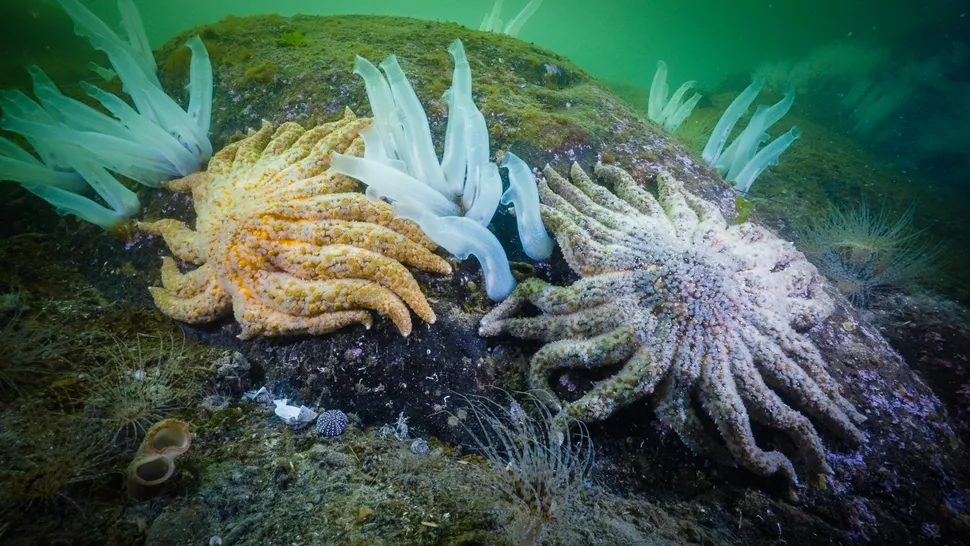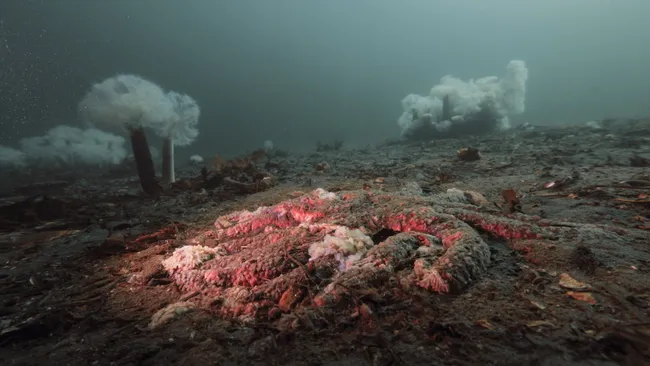A new study has found that the devastating sea star wasting disease is caused by a strain of bacteria from Vibrio pectenicida, which turns the marine creatures into goo.
Mystery Solved: Bacteria Behind Sea Star Die-Off Identified
For over a decade, a devastating epidemic has been wiping out sea stars along North America’s West Coast, turning once-thriving starfish into lifeless goo. Scientists finally have an answer — and it’s not what they originally suspected.
Researchers have now identified the culprit behind sea star wasting disease: a strain of bacteria called Vibrio pectenicida, part of the same family that includes the cholera-causing V. cholerae. The findings, published August 4 in Nature Ecology and Evolution, end years of speculation that a virus might be to blame.
“When we compared sick and healthy sea stars, only one thing stood out: Vibrio,” said senior study author Alyssa Gehman of the Hakai Institute and University of British Columbia. “We all had chills. That was the moment we knew we’d found it.”

The research team made the discovery by analyzing the coelomic fluid (a sea star’s version of blood) using DNA sequencing. They found V. pectenicida was present in high concentrations in infected sea stars, but absent in healthy ones. When they exposed healthy individuals to the bacteria, nearly all succumbed to wasting disease.
A Devastating Chain Reaction
Since 2013, this disease has affected over 20 sea star species, but its most catastrophic impact has been on the sunflower sea star (Pycnopodia helianthoides) — a giant predator that helps maintain balance in marine ecosystems. These sea stars, once common, are now functionally extinct in much of their southern U.S. range, with populations down by more than 87% in the north.
Without sunflower sea stars to control them, sea urchins have surged in number and devastated kelp forests, which are vital for biodiversity, fisheries, coastal protection, and carbon storage.
“Losing sea stars doesn’t just mean losing one species,” said study lead author Melanie Prentice. “It disrupts entire ecosystems.”

What’s Next?
Pinpointing V. pectenicida — and its particularly deadly strain FHCF-3 — is just the beginning. Now, researchers aim to understand what triggers outbreaks and how to manage or prevent them.
“Understanding the cause is the first step toward restoring sunflower sea stars — and the rich kelp forests they help sustain,” said Jono Wilson, Director of Ocean Science at The Nature Conservancy in California.
This breakthrough marks a hopeful turning point for marine conservation — and a chance to rebuild a critical piece of the coastal ocean puzzle.
